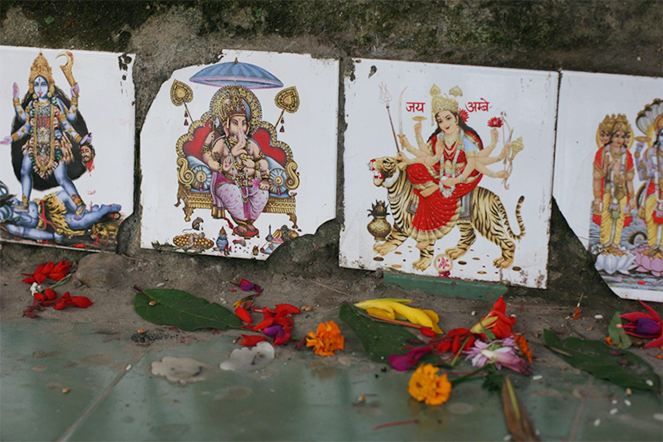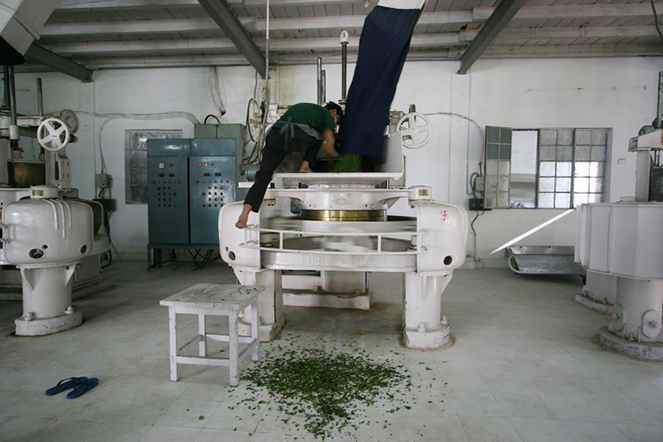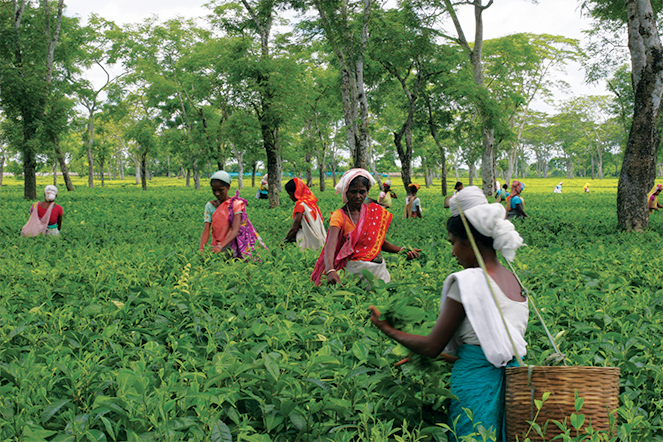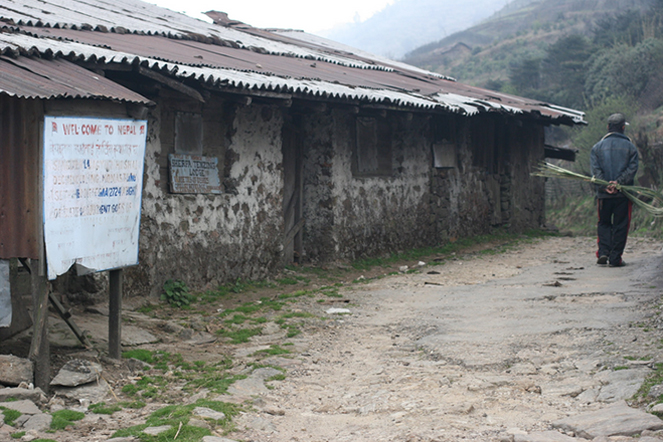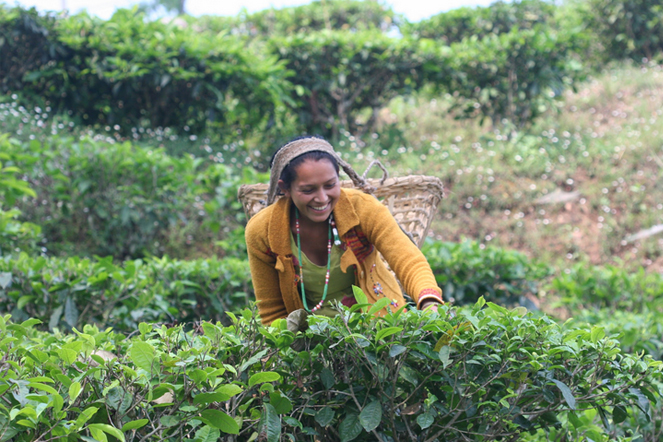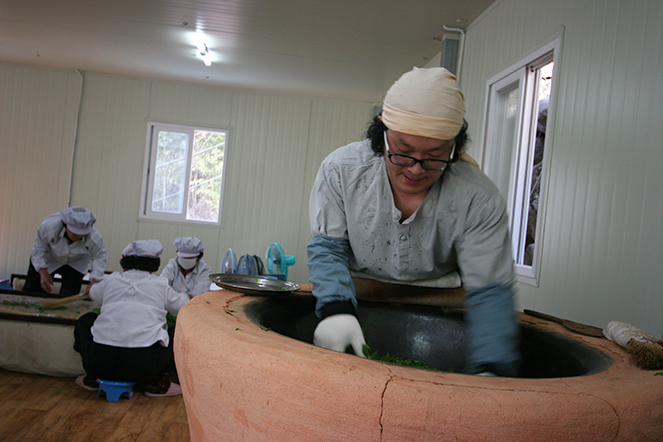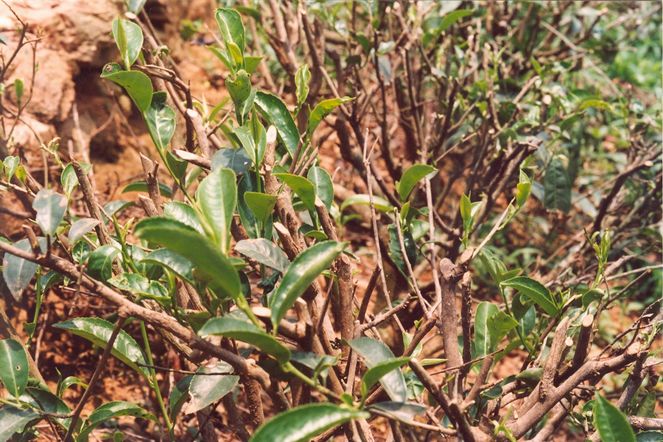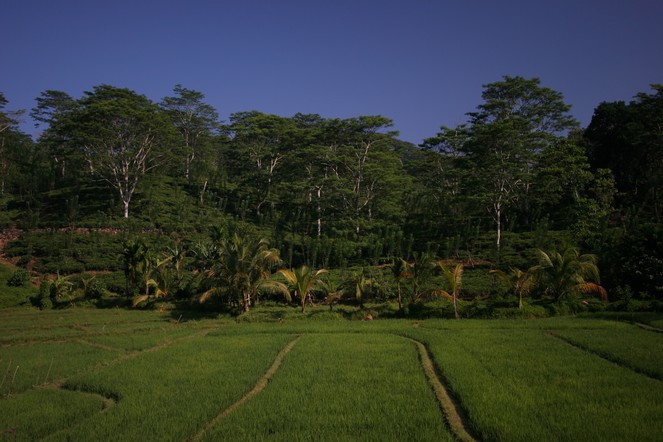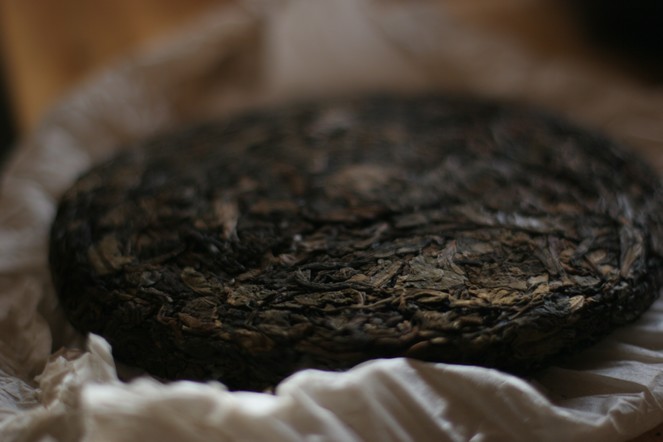My selection of first-flush Darjeelings is over, the Nepalese season is in full flow, and then it’s the turn of the new-season China teas, before the first Japanese Ichibancha are ready. Between 1 March and 10 May every year, I can taste more than 100 teas every day, not counting the ones I infuse several times, when I’m deciding between different batches. The peak of this pleasant activity, which I always look forward to, takes place around the end of April. At this time of year, so many samples pile up every morning in the packages sent by express mail from Nepal, India, China and Japan, that I sometimes don’t know which way to turn.
From plant to cup
Two “grand cru” teas from Nepal to try soon: Mist Valley and Sandakphu
Three plantations in Nepal are currently producing teas that in my view are worthy of the “grand cru” appellation. But in the past year, it has to be said that Guranse, Kuwapani and Jun Chiyabari are no longer alone in offering exceptional teas. Mist Valley and Sandakphu, both situated in Ilam Valley, are making teas of remarkable flavour quality. These teas will be ready to try in a few days, and are excellent value for money.
Rolling Darjeeling leaves
When you read tasting notes on Darjeeling teas, you learn that the leaf can be more or less rolled, depending on the batch. This is what the rolling looks like. As soon as the leaves have finished wilting, on the upper level of the building, they are dropped (see photo) into this container, which has a press. Rolling, as it is performed in Darjeeling, takes just a few minutes. It prepares the leaves, by lightly crushing them, for the following stage: oxidation.
The teas and landscapes of Assam: an incredible contrast
Assam teas have scents of honey, tobacco and spices and a very pronounced aromatic profile, unlike some of the flat countryside in this region. The teas are particularly astringent, and here too, the vocabulary used to describe this sensation contrasts with the words we might use to depict the landscape. Astringency is marked by a contracting of the tissues of the palate, while this beautiful field of tea relaxes me as soon as I see it.
Spring harvest in Nepal
Every year, the first-flush Darjeelings open the season, followed by the spring harvests in Nepal, then China and Japan. I have now started tasting the first samples of Nepalese teas. They come a few weeks after the Darjeelings, due to the harsher climate. Yet the two regions are not so far apart, barely a few days’ walk, and you could pass from one country to another without noticing it unless you pay attention to the signs.
The first selections of first-flush Darjeelings
As happens every year at the same time, the first samples of first-flush Darjeelings are starting to arrive. There are never many during the first week, then during the peak of the season, around the end of March, I can taste dozens every day. Each one represents a very small batch of about 100 kilos. I have just chosen two: the Rohini “early spring” and the Longview FTGFOP1 ex-5. They are characterised by their fresh, vegetal, floral and zesty notes.
Jukro, a fine and rare tea from Korea
Jukro from South Korea is one of the finest quality teas in the world. I know just one farmer who produces it. He can only do so in the first days of May, using his best leaves. The quantity obtained is so small that only a few customers are able to enjoy it. I think you can imagine how eagerly I anticipate his new plucking every year. The richness of the tea’s flavours and its complexity and length in the mouth are worth tasting at least once in a lifetime.
Le soin apporté aux théiers entre l’automne et le printemps
Si vous disposez d’un bout de jardin, vous savez qu’entre l’automne et le printemps et à l’écart des périodes de gel il y a toujours du travail, en termes de taille, par exemple. Dans les champs de thé aussi on va mettre cette période à profit pour examiner chaque arbre et lui dispenser les soins nécessaires. Comme pour un fruitier, on va observer la plante avant de procéder à la taille hivernale. Cette taille qui n’a pas lieu tous les ans aide à régénérer l’arbuste.
Evocative tea plantations
Nothing looks less like a tea plantation than another tea plantation. Here, in the south of Sri Lanka, tea bushes occupy the hills beside a paddy field and other different crops. Hence these subtle and evocative tones of green and yellow.
Highly prized pu er cakes in China
2007 saw the start of a spectacular craze for pu er in China. In the space of a few weeks, this previously barely-known tea became the subject of frenzied speculation, and it took two or three years before prices came down again. Now it seems this same phenomenon is about to be repeated. Once again, the Chinese are queuing up to buy cakes of this tea, which is said to improve with age. As before, the cause is speculation. At the Canton Tea Fair, which has just taken place, we saw pu er cakes selling for over €1,000 each.

